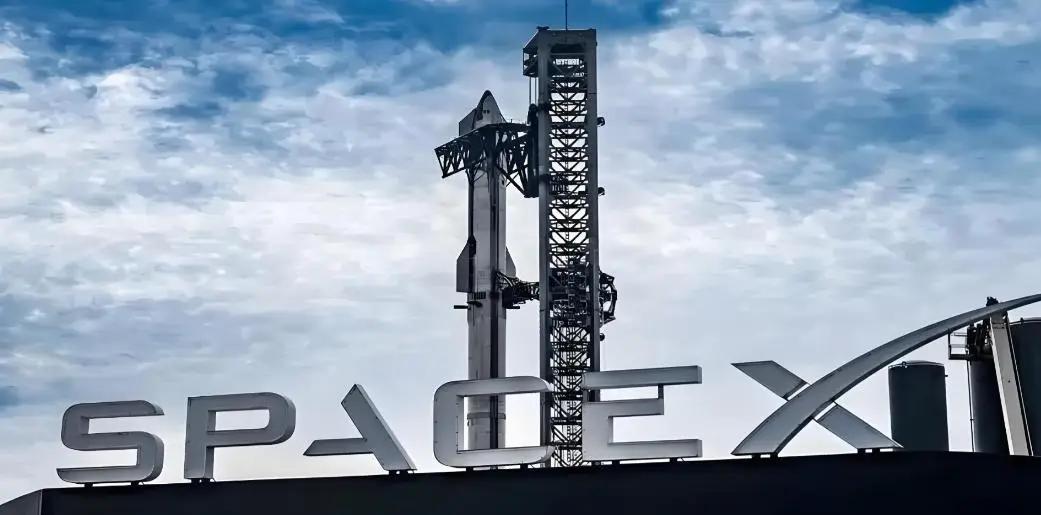
In 2025, the field of quantum computing witnessed a milestone breakthrough. Google and Microsoft made significant progress in the fields of superconducting and topological qubits respectively, marking a crucial step for quantum computers to move from theoretical research to practical application.
Google's "Willow" chip adopts innovative error correction technology, reducing the qubit error rate below the practical application threshold. With a scale of 105 qubits, it can complete a task in 5 minutes that would take a traditional supercomputer "ten quadrillion years". It shows great potential in fields such as financial modeling and drug research and development. The Google team predicts that the commercialization of quantum computing may be brought forward to before 2030.
Microsoft's "Majorana 1" chip has opened up a new path. Based on the non-Abelian statistical properties of Majorana zero modes, it claims that a single chip can integrate millions of qubits. Although currently only 8 qubits are integrated, through the technology of stacking semiconductor and superconductor hybrid materials, it has achieved stable control of Majorana particles and significantly reduced the error rate. Microsoft plans to commercialize the chip before 2030 and has joined the U.S. Defense Advanced Research Projects Agency (DARPA)'s practical-scale quantum computing project.
The field of cryptography is facing the threat of "quantum hegemony". Quantum computers can quickly factorize large integers through Shor's algorithm and crack the traditional RSA-based encryption system. Although existing quantum computers have not fully achieved this goal, the breakthroughs by Google and Microsoft have accelerated the research and development of post-quantum cryptography. For example, the team from Shanghai University has successfully cracked the basic encryption algorithm based on the SPN structure, warning countries to accelerate the layout of quantum-secure algorithms.
The field of drug research and development has become an important breakthrough area for quantum computing. Quantum computers can simulate molecular interactions, shortening the drug screening cycle from several years to several months. The quantum molecular docking application of Bengbu Medical College in cooperation with Origin Quantum, as well as the drug discovery platform of Crystal Computing that integrates AI and quantum computing, both demonstrate the potential of quantum technology in accelerating the research and development of innovative drugs. In the future, quantum computing is expected to drive revolutionary progress in fields such as antibiotics and anti-cancer drugs.
China, the United States, and Europe have formed differentiated competition in the field of quantum computing. Google and IBM mainly focus on the superconducting route, pursuing the improvement of computing power and error correction capabilities; Microsoft has taken a different approach, betting on the anti-interference advantages of topological qubits; China is advancing on both the superconducting and photonic qubit fronts. The "Zu Chongzhi III" of the University of Science and Technology of China and the "Jiuzhang III" have respectively set new records in the fields of superconducting and photonic qubits, and the integrated photonic chip technology of Peking University has also received high international acclaim.
Despite remarkable progress, quantum computing still faces multiple challenges. At the technical level, superconducting qubits need to solve the problems of error correction and scalability, photonic qubits need to break through the limitations of manipulation accuracy, and the topological path faces the verification of material mass production and stability. At the commercialization level, the high cost and complex maintenance requirements limit its popularization. In addition, the threat of quantum computing to network security has triggered ethical disputes, and how to balance technological innovation and risk prevention and control has become a global governance challenge.
The United Nations designated 2025 as the "International Year of Quantum Science and Technology", indicating that quantum technology will become a core force for reshaping the future. In addition to cryptography and pharmaceuticals, quantum computing will also bring about changes in fields such as climate simulation, artificial intelligence, and materials science. For example, quantum algorithms can exponentially accelerate the solution of the Navier-Stokes equations, improving the accuracy of climate prediction; when integrated with AI, it will further promote the intelligent upgrading of industries such as intelligent manufacturing and autonomous driving.
The year 2025 is the year when quantum computing moves from a "cool concept" to practical application. The breakthroughs by Google and Microsoft are not only a phased achievement in the technological competition but also a new starting point for humanity to unlock the microscopic world. With the continuous exploration of the global scientific research community along multiple paths, quantum technology will eventually move from the laboratory to the public, opening up a more efficient, safer, and smarter new era.

From three launch failures and a brush with bankruptcy to now targeting the biggest initial public offering in the history of human commerce, SpaceX’s two-decade journey is nothing short of a real-life business legend.
From three launch failures and a brush with bankruptcy to n…
Recently, a major piece of news has emerged in the US polit…
Against the backdrop of the Federal Reserve's third rate cu…
Recently, according to Xinhua News Agency, Bolivian Foreign…
President Trump's political career has consistently defied …
On December 15, 2025 (local time), former U.S. President Do…